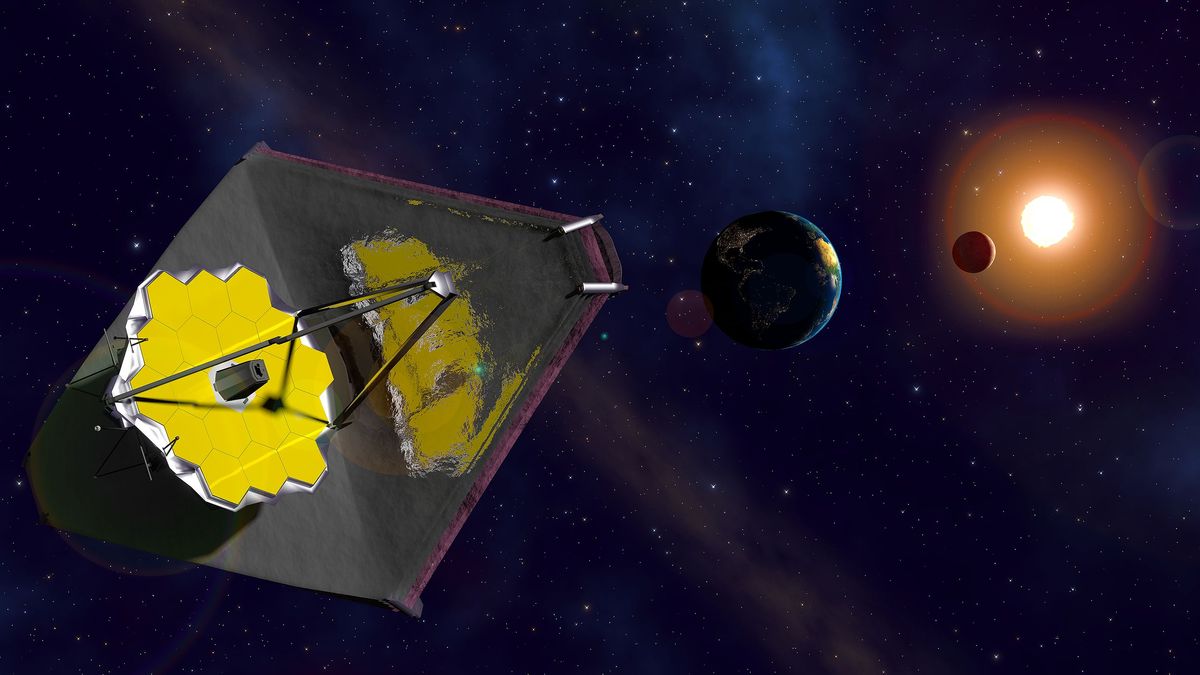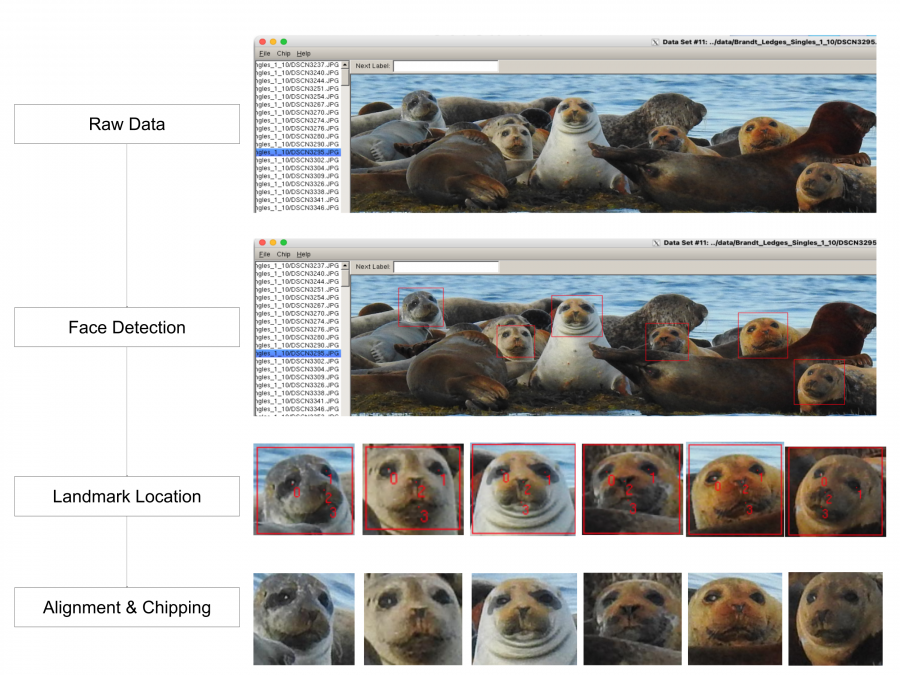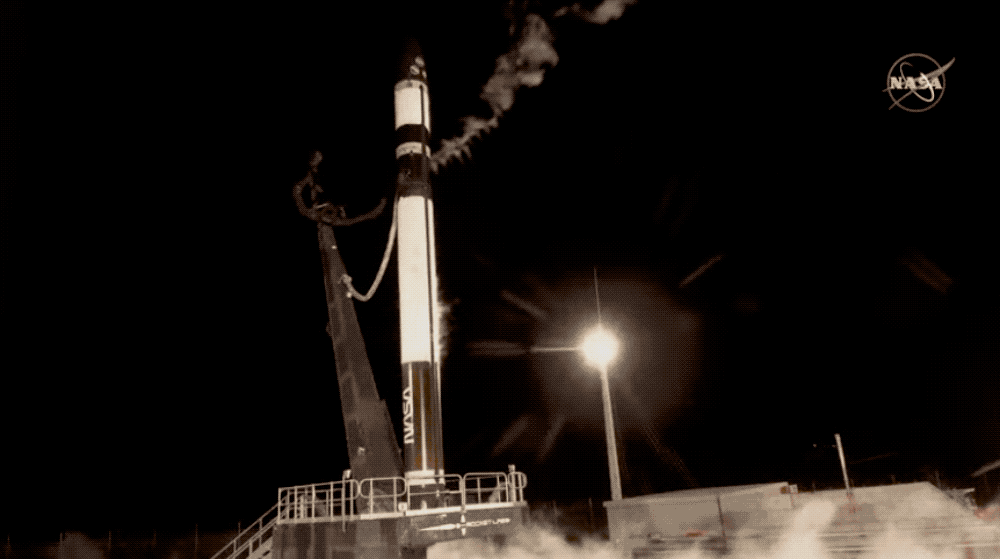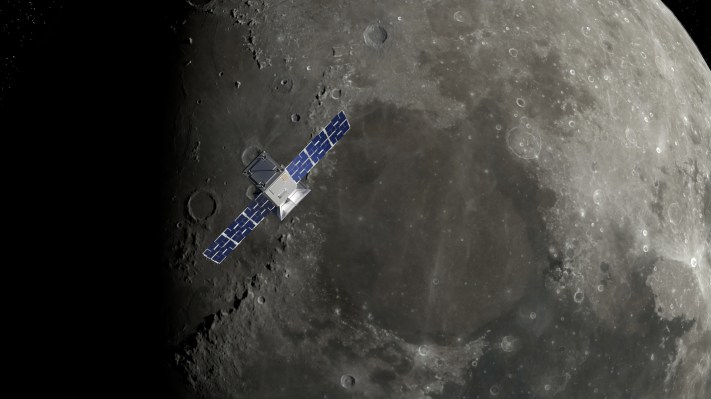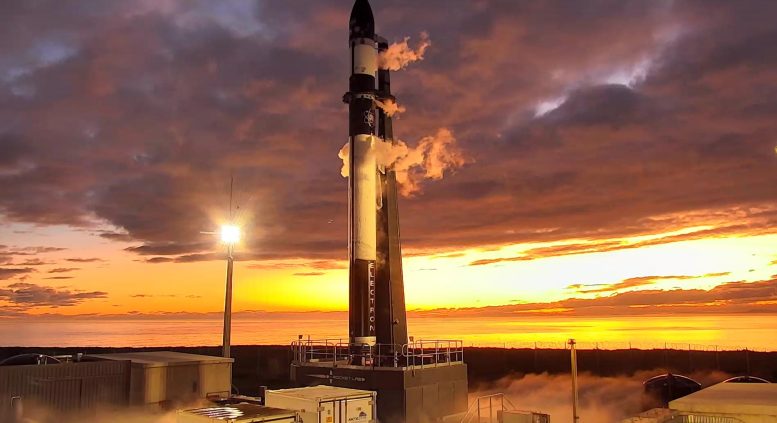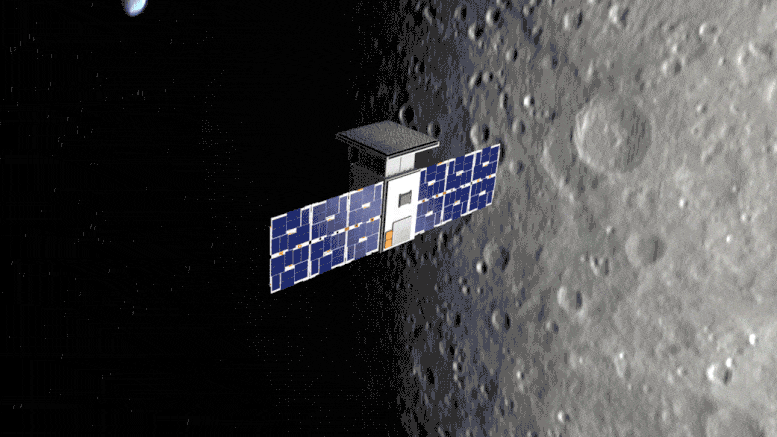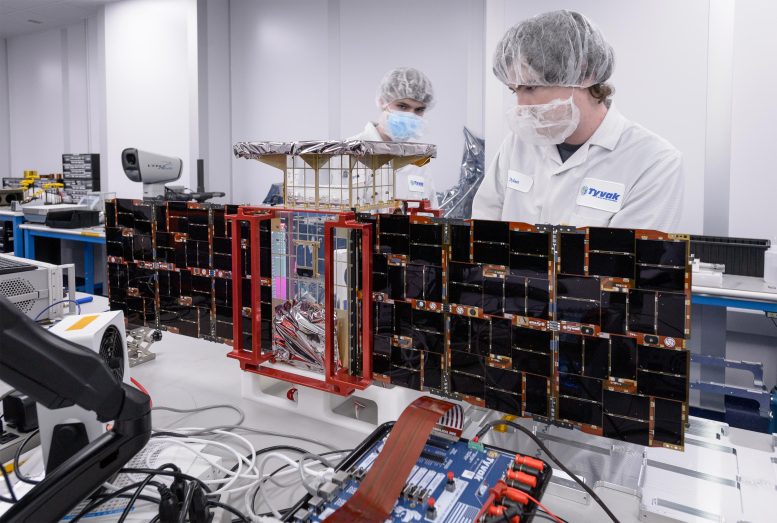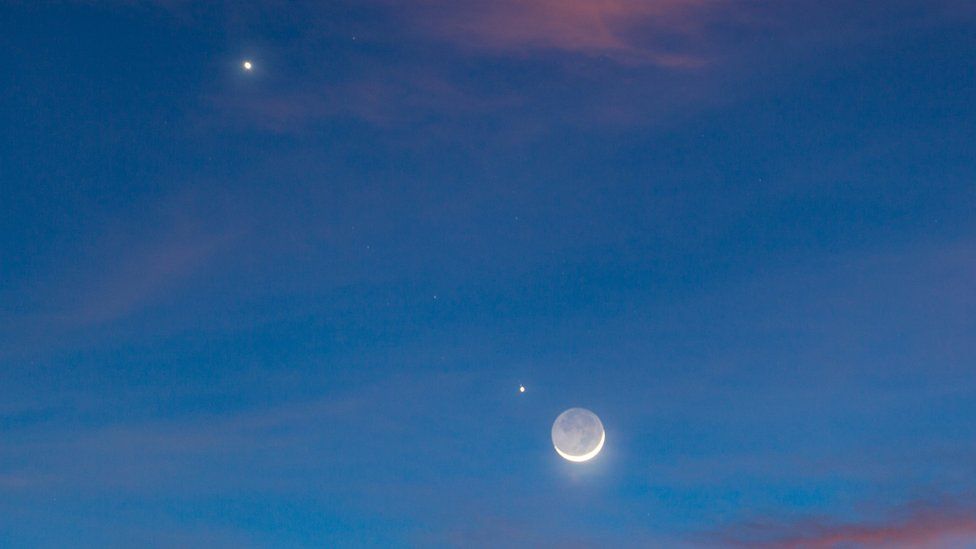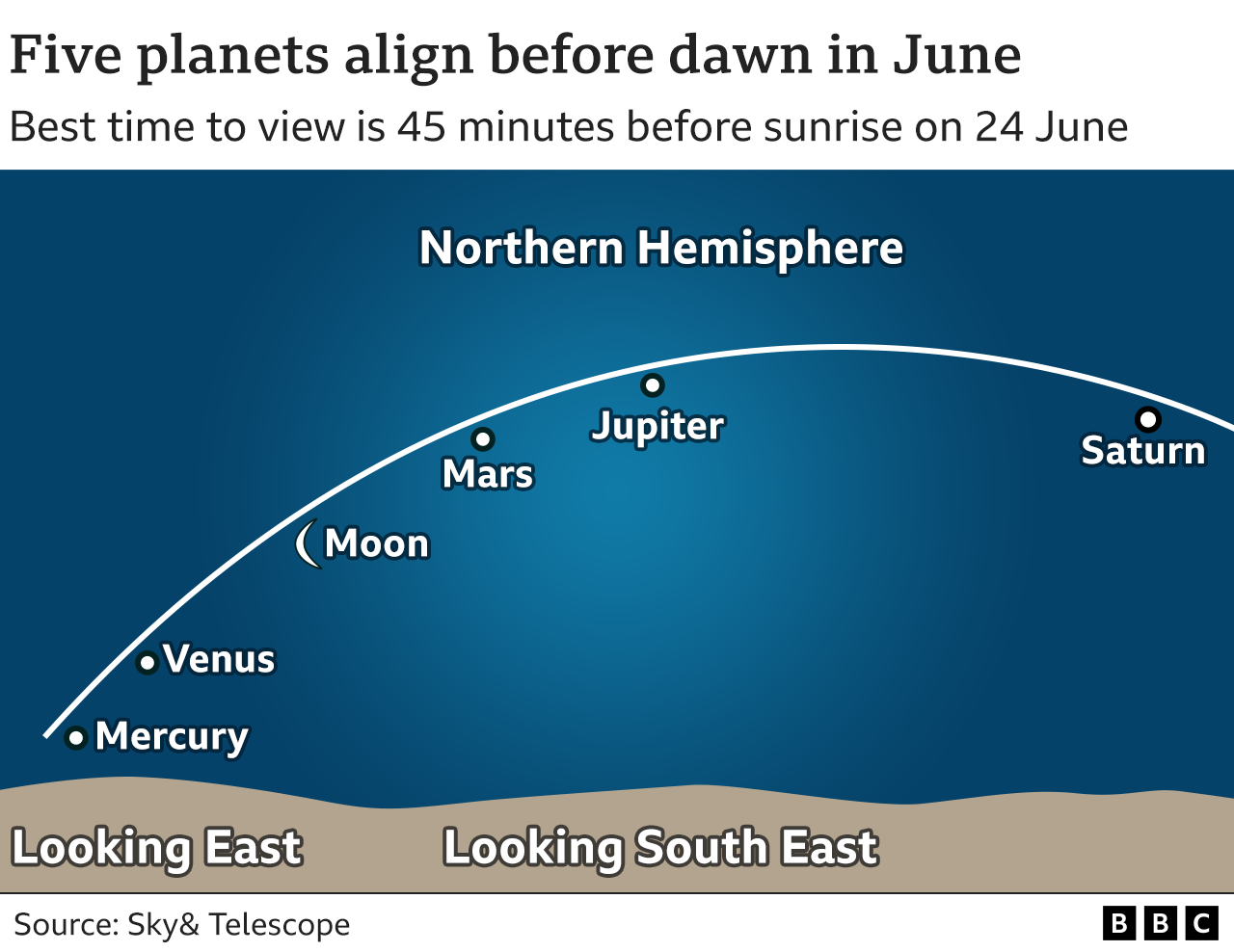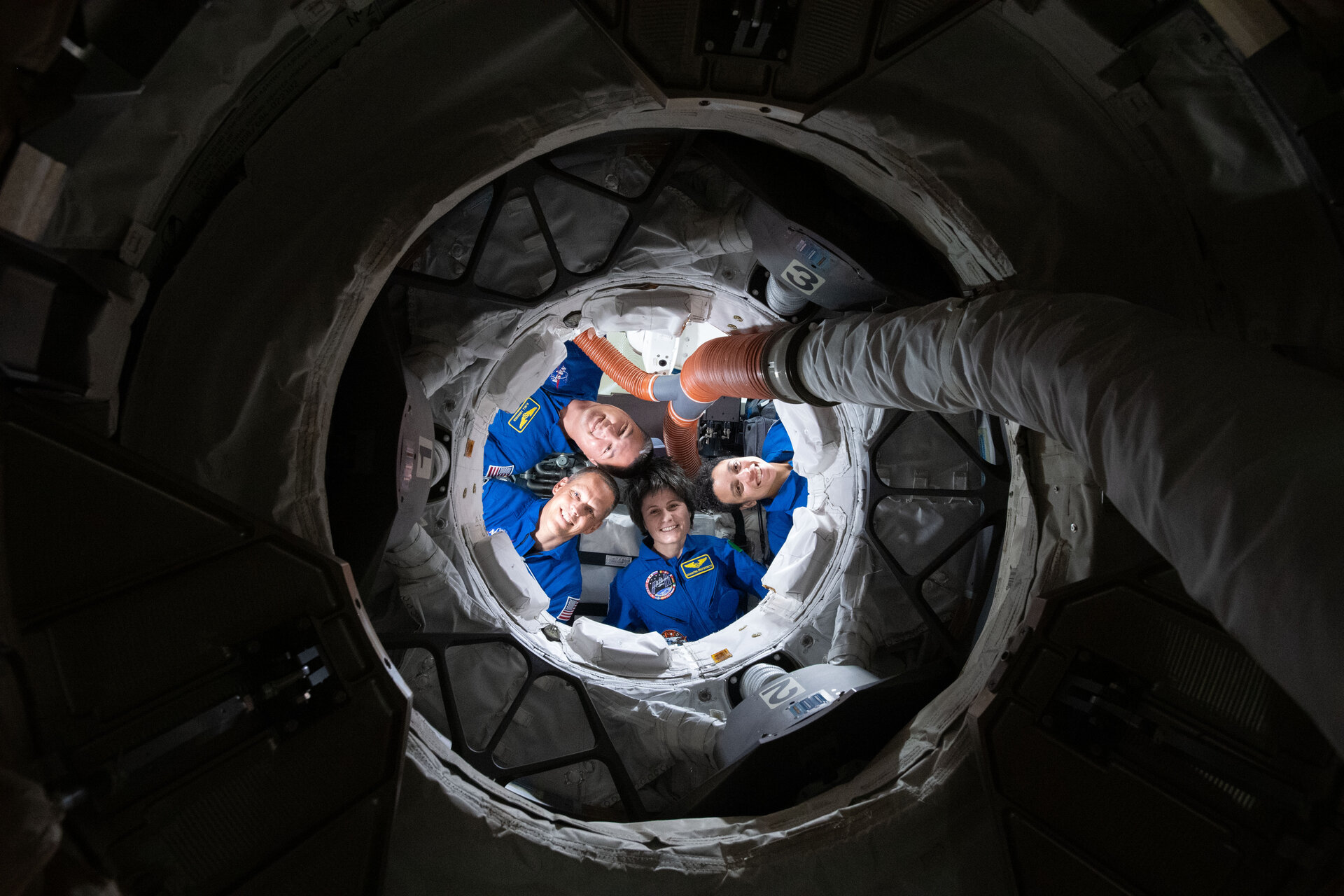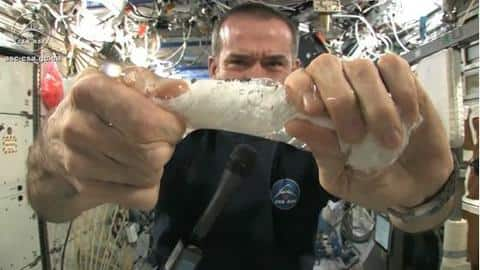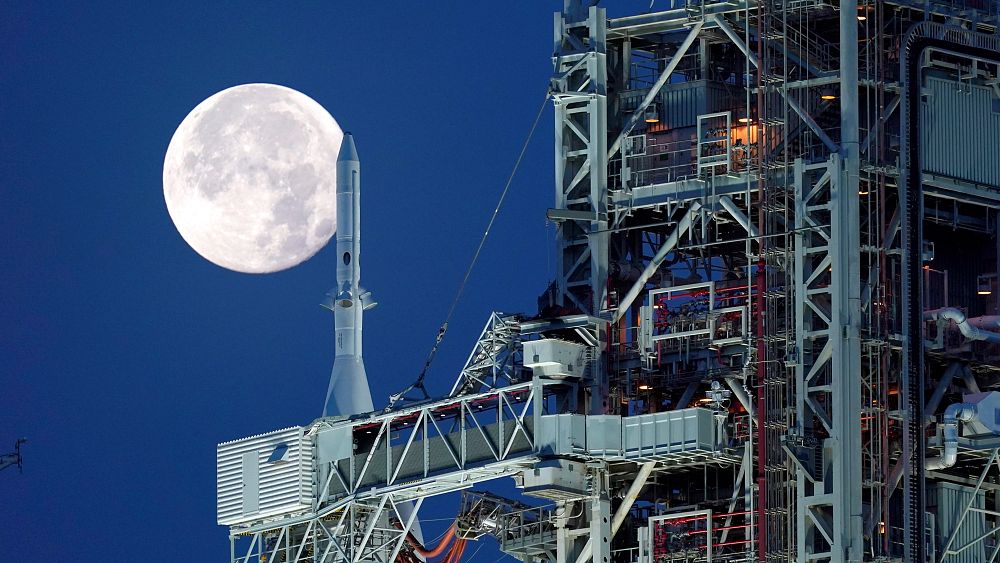Article body copy
The sky was moonless and overcast, leaving no stars to steer by. Alone at the helm in the middle of the Arabian Sea, somewhere between Oman and India, I could see nothing in the ink-black night save for our ship’s dimly lit compass rolling on its gimbal mount as we heaved and swayed through three-meter seas. But half an hour into my shift, the sails above me began to glow, as if the moon had risen. But there was no moon, nor any stars or other ships. The light, it seemed, was coming from below and growing in intensity. Soon the entire ocean was glow-stick green, but muted, as if the light were shining through a sea of milk.
It was August 2010, and I’d been sailing for over two months by then, volunteering with the NGO the Biosphere Foundation to deliver the Mir, a 35-meter ketch they’d recently acquired in Malta, back to their home port in Singapore. During the voyage, I’d grown accustomed to the usual “sea sparkle” caused by dinoflagellates that ignite when the water is agitated, causing ribbons of light to twist off the Mir’s bow. But this was not that. This was the whole of the ocean, as far as I could see, glowing a uniform, opaque green. Despite the compass still wheeling in its mount, the light in the water created an optical illusion, making the sea appear perfectly calm, as if we were gliding through phosphorescent skies rather than roiling seas.
I woke the rest of the crew, and for over four hours we remained engulfed in this sea of green light, wonderstruck, with no idea what it was we were witnessing. Finally, a razor-sharp line appeared ahead of us where the lambent sea ended and blackness began. Crossing it, we left behind that numinous phantom world and re-entered a familiar one, though we could still see the gauzy green glow to our stern for another hour before it disappeared. It wasn’t until we arrived at port 10 days later that we would learn the name for the eerie phenomenon that had surrounded us: a milky sea.

In August 2010, author Sam Keck Scott and his crewmates were sailing in the Arabian Sea when they became some of the few people to witness a milky sea. Photo courtesy of Biosphere Foundation
For centuries, sailors have been describing milky seas, rare occurrences where enormous expanses of the ocean light up uniformly at night, at times stretching for tens of thousands of square kilometers, or more. W. E. Kingman, captain of the clipper Shooting Star, had this to say upon witnessing one in 1854: “The scene was one of awful grandeur; the sea having turned to phosphorus, and the heavens being hung in blackness, and the stars going out, seemed to indicate that all nature was preparing for that last grand conflagration which we are taught to believe is to annihilate this material world.”
A milky sea even made an appearance in Moby-Dick, where Melville describes a mariner sailing through a “shrouded phantom of the whitened waters” that were as “horrible to him as a real ghost.”
Neither our small crew, nor Melville or Kingman, knew what caused the seas to glow. In 2010, our crew had the benefit of living in a world far better charted by science than it had been in the 1800s, which may explain why Kingman and Melville’s mariner responded with god-struck terror, while we gawked in wonder, knowing that no matter how otherworldly this phenomenon may appear, it was clearly of this world.
Bioluminescence—the emission of light by a living organism—is common on our planet, and nowhere more so than in the oceans. Bioluminescent fish, tunicates, dinoflagellates, crustaceans, mollusks, jellyfish, and bacteria glow and flash across our seas at night. But milky seas, despite being so vast, are anything but common, and are thought to be caused by one of the smallest organisms in the ocean.
Every observation of a milky sea throughout history has been a chance encounter, as mine was, and only once did a vessel with any scientific research capabilities happen upon one, when the USS Wilkes steamed through a milky sea for three consecutive nights off the island of Socotra, Yemen, in 1985. Onboard the Wilkes was the late marine biologist David Lapota, who was working for the navy at the time studying bioluminescence. Lapota and his team of researchers sampled the water and discovered a profusion of the bioluminescent bacterium Vibrio harveyi—a common, well-dispersed species known to luminesce—attached to bits of algae, leading them to hypothesize that legions of this bacterium and potentially other bioluminescent bacterial species as well, are the cause of milky seas. This research, conducted nearly 40 years ago, remains the only time a milky sea was ever studied in the field.
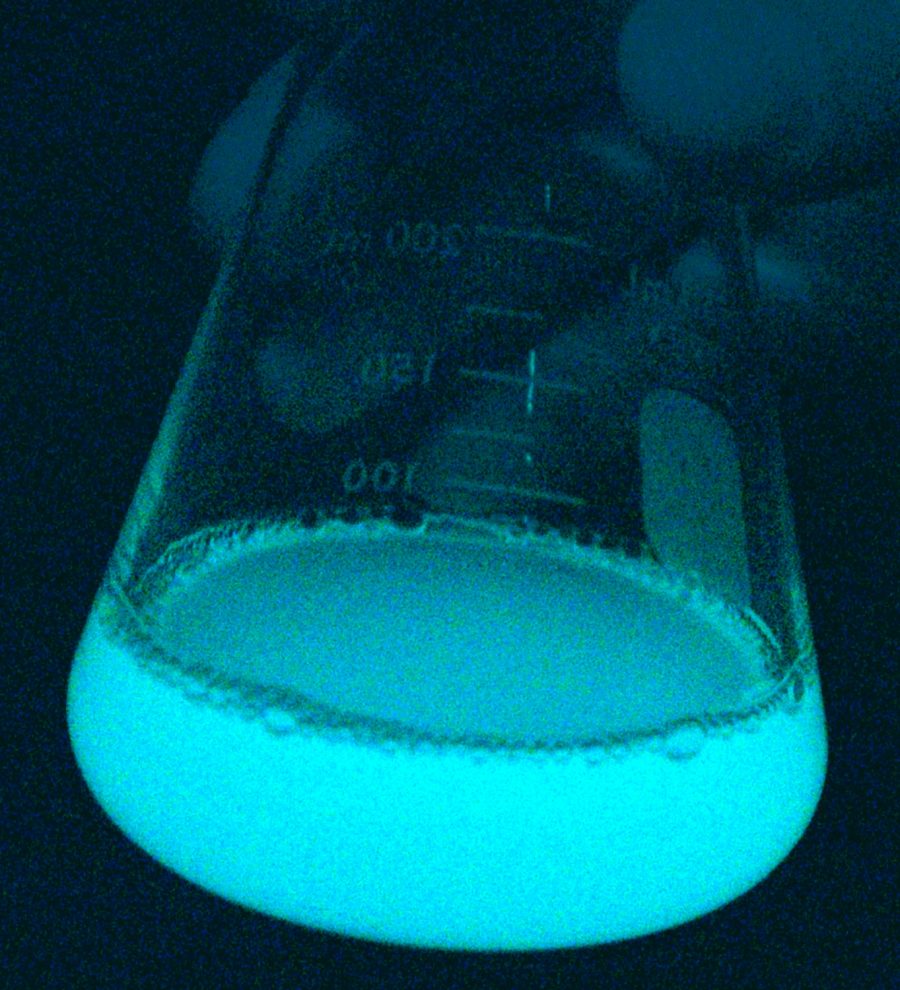
There are no existing photos of a milky sea in nature, but this sample of bioluminescing bacteria demonstrates the uniform glow of the phenomenon on a small scale. Photo courtesy of Steve Miller
Assuming scientists are correct that milky seas are caused by bacteria, a question remains: why? Unlike many organisms that evolved bioluminescence as a means to escape predation, bioluminescent bacteria want to be eaten—the inside of a fish’s gut provides a more reliable home than floating freely in the open ocean. But a lone bacterium is likely too small to get the attention of a fish on its own, so for their microscopic bioluminescence to express on a macroscale, they require strength in numbers. To work together, each bacterium releases a chemical signal to sense if other bacteria are nearby, and only once they’ve recognized a sufficient number—scientists hypothesize that it takes a population of somewhere between 10 and 100 million bacteria per milliliter of water—will they begin to luminesce. This is a process called quorum sensing, and it may explain why milky seas form.
In areas of upwelling, such as the northwest Indian Ocean, where an abundance of nutrient-rich, decaying organic material—such as bits of decomposed crabs or even specks of long-dead whales—is pushed up to the surface from the depths, bacteria will find plenty to colonize. When these rich waters become isolated due to currents, or when distinct masses of water with differing salinities or temperatures meet and form physical fronts, they can prevent mixing, which in turn can result in a sort of concentrated stew—what scientists have dubbed “the natural flask hypothesis.” In this scenario, through quorum sensing, these bacteria set off a chemical glow that can become the largest display of bioluminescence on the planet.
This idea of a natural flask may help to explain why, when our boat first sailed into a milky sea, the light was diluted and nearly imperceptible, but when we exited it hours later, we crossed a distinct boundary. On one side of that particular event, the glowing and non-glowing waters were mixing, while on the other side, due to some sort of oceanic front, a wall-like barrier was being maintained between the specialized—and little understood—conditions that allow milky seas to form and those conditions that do not. This is but one of many things scientists hope to better understand by further studying milky seas in the field, which, thanks to a new generation of satellite technology, may soon be possible.
Steve Miller, director of the Cooperative Institute for Research in the Atmosphere, has been part of a small group of scientists leading the effort to demystify milky seas for nearly 20 years, searching for them from the unlikeliest of places: Fort Collins, Colorado. He’s the first person to discover a milky sea from his office chair.
Miller contacted me shortly after I wrote a blog post about our experience sailing through a milky sea, excitedly informing me that our ship’s crew are among the few known people alive today to have ever witnessed one. Our brief correspondence left me feeling like a minor celebrity.
Miller first became interested in milky seas in 2004 while attending an American Meteorological Society conference. There, Miller and his colleagues considered whether it might be possible to observe any type of marine bioluminescence from space. It was assumed that any small-scale bioluminescence, such as sea sparkle, produces far too weak a light signal to be seen from so far away. But Miller, intrigued by the idea of studying the sea from space, did some research when he returned home and was struck to discover dozens of surprisingly consistent accounts of so-called milky seas given by mariners throughout the centuries. An atmospheric scientist by training, Miller wondered if he could use historical satellite data to locate one of these events. It didn’t take long to find what he was looking for: a detailed account of a milky sea seen by the crew of the SS Lima off the coast of Somalia on January 25, 1995. The account listed the exact coordinates and time when the boat had entered the luminous event. Using the heading and speed from the ship’s log, Miller was able to extrapolate the position of the Lima at the time the crew claimed to have exited the glowing waters six hours later. He plotted the points, the date, and the times on the image, and zoomed in on the grainy black-and-white photo. “It was all black,” he tells me.
Undeterred, Miller decided to scale the image down some more, searching through the noise of a photograph taken from over 800 kilometers away. Suddenly, a small structure appeared in the center of his computer screen that he at first mistook for a fingerprint smudge, but when he moved the image around, the smudge moved along with it. He zoomed in some more and a comma shape appeared in the waters off the Horn of Africa. When he once again overlaid the ship’s coordinates, they lined right up with the comma’s boundaries. “That’s when we realized we had something,” he says. The shape, larger than the state of Connecticut, was over 15,000 square kilometers of glowing bacteria.
“I’ve been hooked on that ever since,” says Miller, “because I realized I’d just seen a ghost.” Milky seas were more a part of novels and folklore than of scientific knowledge, he explains, but here they had the first-ever space-borne confirmation of a milky sea.
Since that initial discovery, a new generation of satellite technology has greatly improved Miller’s hunt for milky seas. Two satellites operated by the National Oceanic and Atmospheric Administration—the Suomi National Polar-orbiting Partnership and the Joint Polar Satellite System—were launched in 2011 and 2017, respectively. These modern satellites, though not intended to search for milky seas, are equipped with specialized day/night band instruments that, at their extreme low end of sensitivity, can pick up something as dim as bioluminescence from space. Miller and his team have been combing through the imagery provided by these satellites ever since, having greatest success in the two areas of the globe where historical ship sightings of milky seas have been most prevalent: the northwest Indian Ocean, where 70 percent of all milky seas have been reported, and the waters surrounding Java, where 17 percent of sightings have occurred. In the past decade, Miller and his team have successfully identified a dozen milky seas via satellite imagery, the most significant of which was a 2019 event off the coast of Java spanning over 100,000 square kilometers—roughly the size of Iceland—which glowed continuously for at least 45 nights.
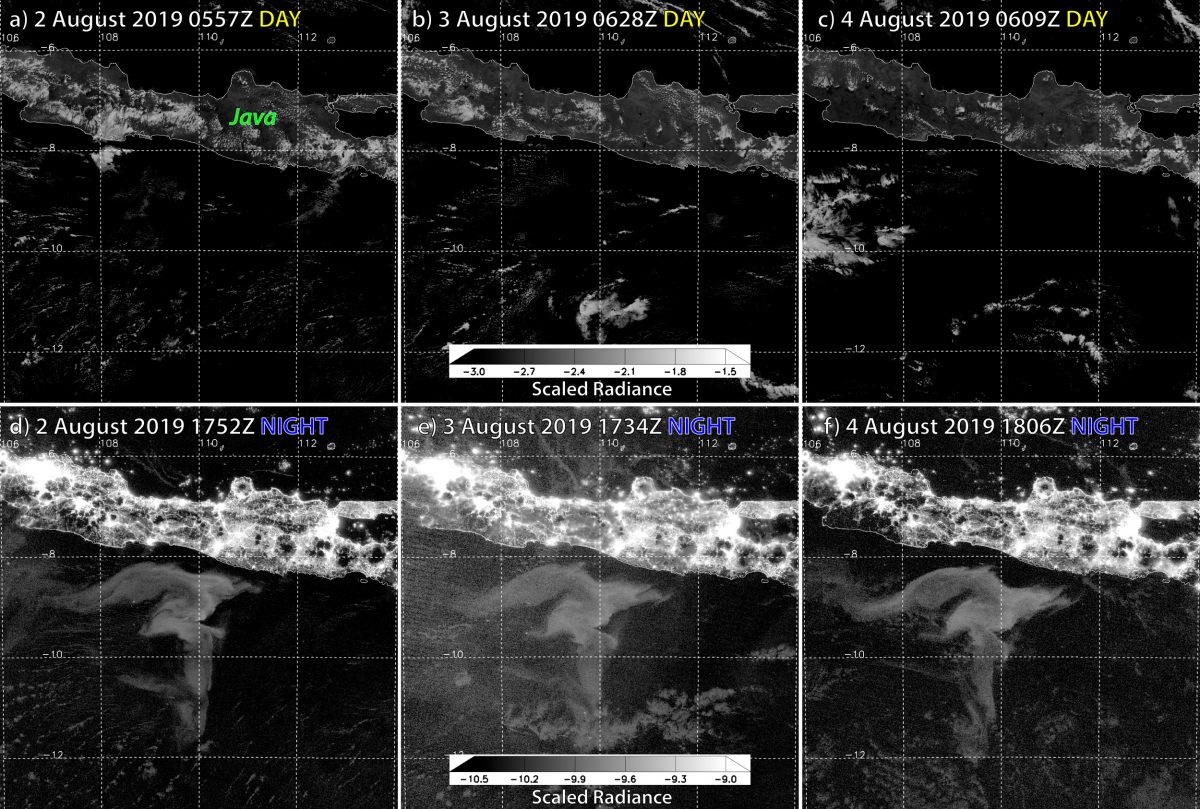
Steve Miller, director of the Cooperative Institute for Research in the Atmosphere, and his colleagues have identified the location of several milky seas by using satellite images acquired with the use of specialized day/night band instruments that can perceive bioluminescence from space. Photo courtesy of Steve Miller
Now that Miller and his team have confirmed that milky seas can last for weeks at a time, it opens up the possibility of deploying a research vessel to study one while it’s still glowing. Only then do they hope to be able to answer some of the many questions scientists still have about milky seas, including one of Miller’s favorites: how deep does the bioluminescence go down in the water column? Is it merely a surface slick of bacteria, as some scientists posit, or is it meters thick, or more? Considering scientists believe it takes upward of 100 million bacteria per cubic centimeter of water to begin glowing, the answer to this question could change the estimated number of bacteria involved in a milky sea by billions of trillions, or possibly even trillions of trillions.
When I first learned of Miller’s breakthrough research, part of me felt protective of the mystique of milky seas. Why must we humans insist on explaining everything? But as I learned more about what scientists believe might cause milky seas—about upwelling and natural flasks; about quorum sensing and the intentional, communal light made by trillions of bacteria—I realized that finding answers doesn’t necessarily correlate with diluting the wonder of such an event. If anything, it makes it that much more incredible.
Without understanding the world around us, we are all Captain Kingman, terrified by the sight of something we don’t recognize. Instead, we can be in awe of reality itself, knowing that whenever one question is answered, we’ve simply learned enough to ask a thousand more.
Adblock test (Why?)
https://news.google.com/__i/rss/rd/articles/CBMiVWh0dHBzOi8vaGFrYWltYWdhemluZS5jb20vZmVhdHVyZXMvYW5kLXRoZW4tdGhlLXNlYS1nbG93ZWQtYS1tYWduaWZpY2VudC1taWxreS1ncmVlbi_SAQA?oc=5
2022-06-21 07:07:10Z
CBMiVWh0dHBzOi8vaGFrYWltYWdhemluZS5jb20vZmVhdHVyZXMvYW5kLXRoZW4tdGhlLXNlYS1nbG93ZWQtYS1tYWduaWZpY2VudC1taWxreS1ncmVlbi_SAQA
